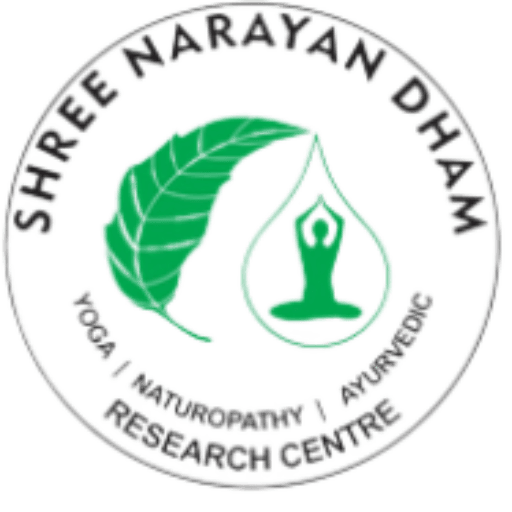Yoga
Yoga is one of the most ancient spiritual concepts of East, and despite a philosophical look it has an equally significant physical basis. It is not a body of doctrines, theories or principles. Intellectual problems or inquiries as to ‘why’ or ‘whence’ are not the areas of yogic deliberations. Boiled down to basics, Yoga is a collection of simple practices, a kind of body rituals, consisting of action, method and technique.
The Bhagvad Gita clarifies this interpretation and lays stress upon the Karma Yoga. This scripture says
कर्मण्येवाधिकारस्ते मा फलेषु कदाचन।मा कर्मफलहेतुर्भुर्मा ते संगोऽस्त्वकर्मणि॥
‘Work alone is your privilege, never the fruits thereof. Never let the fruits of action be your motive; and never cease to work. Work in the name of the Lord, abandoning selfish desires. Be not affected by success or failure. This equipoise is called Yoga.’
The Kathopnishad describes Yoga thus :
तां स्थिराम् इन्द्रियधारणां योगम् इति मन्यते।तदा योगी अप्रमतः भवति।हि योगः प्रभवाप्ययौ॥
‘When the senses are stilled, when the mind is at rest, when the intellect wavers not – then, say the wise, is reached the highest stage. This steady control of the senses and mind has been defined as Yoga. He who attains it is free form delusion.’
According to Patanjali Yoga Sutra,
योगश्चित्तवृत्तिनिरोधः
Yoga is the method by which the restless mind is calmed and the energy directed into constructive channels. The word yoga itself is derived from the Sanskrit verbal root ‘yuj’. It means ‘to yoke’ or ‘join’. Thus, Yoga is the science that yokes ‘the finite’ with ‘the Infinite’, or ‘the finite spirit’ with ‘the Supreme Spirit’.
Types of Yoga
General Yoga
General Yoga is a holistic practice that can be performed by individuals of all ages and fitness levels, aiming to promote overall well-being.
It integrates physical postures, breathing techniques, and meditation to foster body consciousness, mindfulness, and self-awareness.
Through regular practice, one can experience self-transcendence, inner peace, and a deeper connection with the spiritual self.
Additionally, General Yoga encourages a sense of harmony with others, enhancing social connection and contributing to a balanced and peaceful life.
Power Yoga
Power Yoga is a high-energy, fitness-based approach to yoga that emphasizes strength, stamina, and flexibility.
It involves dynamic movement and continuous flow from one pose to another, making it an effective cardiovascular workout.
Power Yoga is ideal for those looking to burn calories while also building muscle tone, improving joint flexibility, and enhancing core strength.
With its intense pace and physically demanding nature, it offers a full-body workout that not only challenges the body but also sharpens focus and boosts mental clarity.
Meditation
Meditation is a transformative practice that trains the mind, guiding individuals on an enriching journey of self-discovery and personal growth.
By fostering mindfulness and emotional regulation, meditation enhances attention, emotional balance, and inner peace.
Regular practice has been shown to improve concentration and emotional regulation, contributing to a more balanced and meaningful life.
Meditation also encourages altruism and a deeper connection with oneself and others, promoting a sense of purpose and clarity.
Shat Kriyas
Shat Karma, also known as Shat Kriya, comprises Yogic cleansing techniques to purify the body. These techniques aim to eliminate toxins & impurities from various body parts to promote overall health and well-being.
Types Of Shat Kriyas
Jala Neti:
Jala Neti Kriya is a Yogic Nasal Cleansing technique that involves gently flushing the nasal passage with warm saline water using a Neti pot. It helps to remove mucus, allergens and pollutants and reduces nasal congestion. Its regular practice can alleviate sinus issues.
Sutra Neti:
Sutra Neti Kriya is another Yogic Nasal Cleansing technique. It involves gently inserting a lubricated thread or rubber catheter through one nostril and guiding it out through the mouth, effectively cleaning the nasal passage of mucus & blockages.
Netra Suddi (Eye Cleansing):
A Yogic eye cleansing technique, it involves specially designed eye cups filled with clean water or herbal decoctions. By immersing each eye in the solution and performing some eye movement, this helps to remove accumulated dust, pollutants and irritants.
Kunjal Kriya:
It is also called Vamana Dhauti. In this technique, it involves drinking of warm saline water on an empty stomach and voluntarily inducing vomiting to expel the ocean. Its aim is to flush out toxins, undigested food & excess mucus.
Tratak:
It is a Yogic technique that involves fixing one’s gaze on a single point, such as a candle flame, without blinking, to cultivate deep concentration and mental clarity. By maintaining a steady gaze, practitioners train their attention, leading to enhanced focus and reduced mental distraction.
Along with concentration, it also strengthens the eye muscle, potentially improves vision & reduces stress.


